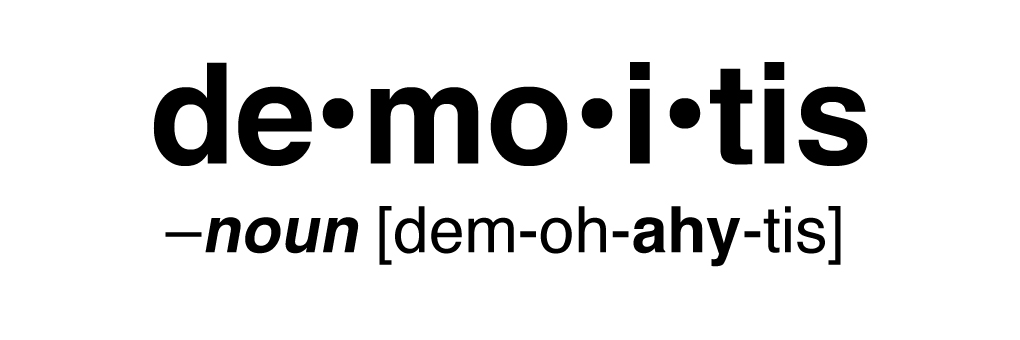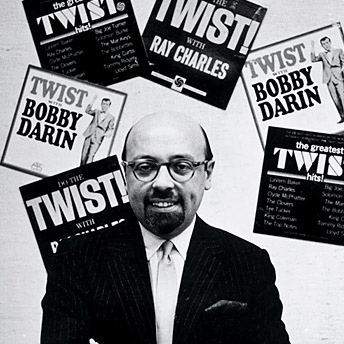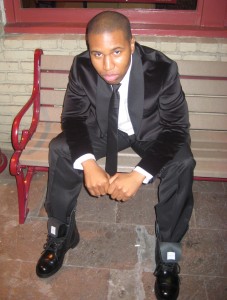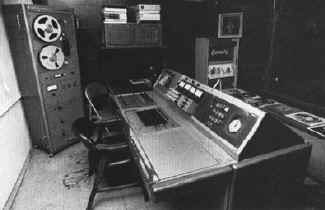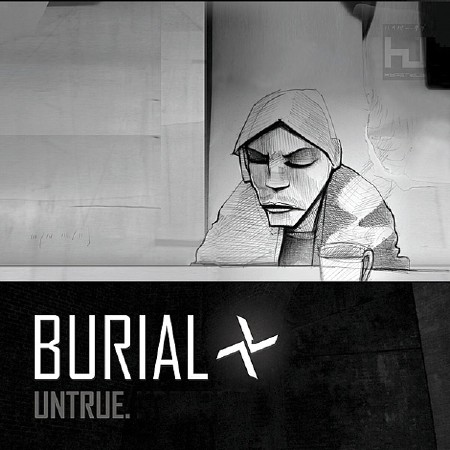Posts Tagged Motown
This Guy’s Crazy
Posted by Gavin Bradley in Writing on January 4, 2010
In general I’m far more interested in hearing a singer-songwriter deliver their own lyric than hearing a performer sing something that was penned for them by an assembly line writer. By definition, I think a singer who chronicles their own thoughts and feelings can deliver authentic human experience more directly than one who acts out lines crafted by another person. So I cherish the work of auteurs like Stevie Wonder and Joni Mitchell, and I’ll take Alanis Morissette over Britney Spears and Mary J. Blige over Whitney Houston.
I can certainly leave a tradesperson like Diane Warren, who for many years was LA’s go-to writer for romantic schlock like Toni Braxton’s ‘Unbreak My Heart’ and Celine Dion’s ‘Because You Loved Me’. Warren claims never to have been in love, and she hates dating. In a way, her inexperience with love does show in the almost camp, overshot grandiosity of her lyrics. And while overshot sentiment sells because it gets its point across quickly and clearly, I just have a fundamental issue with pinning my own romantic yearnings to somebody’s calculated product.
But there are exceptions to my ban. One is the Motown assembly line of the 60s, in which Holland-Dozier-Holland wrote the most significant portion of the material for an entire stable of artists in Detroit. My theory there is that the momentum of the label’s fresh, exciting sound and the writers’ melodic gifts attracted every aspiring singer in the city…and then the universality of the lyrics allowed the singers to throw themselves into performances convincingly, as though the songs were confessionals from their own lives…similar to an artist choosing to record a cover version of someone else’s song because it has tremendous personal significance for them.
Another exception is New York’s Brill Building, which fostered a competitive atmosphere for songwriters, peaking in output in the late 50s and early 60s with Burt Bacharach, Neil Diamond, Carole King, Neil Sedaka and Phil Spector all hanging around, pushing each other to be greater songsmiths. Again: an almost magical kind of momentum seems to have been present.
Those I would call auteurs appear to discover the chorus of a song organically from a personal feeling or event they’re describing. In contrast, assembly-line writing often involves first searching for one original, evocative central concept (ie ‘You Make Me Feel Like A Natural Woman’ came out of the Brill Building for Aretha Franklin) that will serve as the chorus, and then fashioning the rest of the song outward from that…creating verses and bridges that will set up and support the story, always bringing us back to the point the chorus makes. Slightly cheaper than working from an original central concept, an unused pop culture catch-phrase will suffice as the chorus (Motown’s writers gave ‘You Beat Me To The Punch’ to Mary Wells). Today much top 40 rap is based around nabbing the most up-to-the-minute catch-phrases and creating a cool/dirty/funny track around that (see ‘Superman That Hoe‘ a/k/a ‘Crank That’ by Soulja Boy).
A few weeks ago Island/Def Jam artist Jenna Andrews played me a rough cut of her upcoming debut album. A gorgeous production featuring her instantly recognizable voice upfront, much of it was penned by the industry’s fastest-climbing new writer Claude Kelly. And I need to tell you…this guy’s crazy. Jenna described his pen-and-paperless process to me: he toplines (writes lyrics and melodies over instrumental tracks) by getting into the vocal booth, turning down the lights, balling up on the floor and having the engineer play the track on repeat for a while. He locks in to who he’s writing for and finds the sentiment. Then he gets up and writes at the mic, no doubt influenced by the freestyle process of many rappers…but he also mimics the voice of the person he’s writing for. He goes back and forth within the song as necessary, changing and filling in lines, taking about two hours to put down an entire song complete with background vocals.
Claude’s still in his 20s and he’s already written hits in several styles, including ‘Circus’ for Britney Spears, ‘Party In The U.S.A.’ for Miley Cyrus and Adam Lambert’s ‘For Your Entertainment.’ He’s written extensively for Akon and Toni Braxton, and for Whitney Houston’s comeback album. To understand the way he embodies the singer he’s writing for, check out the excellent ‘I Hate Love,’ a demo he recorded for Toni Braxton. The song’s unique central concept is the idea that someone could come to hate being in love because each day spent away from your lover is exceedingly painful. This oddly dark sentiment is somehow appropriate for her persona and his delivery is full of Braxtonisms. A quick search of his name on YouTube reveals an array of leaked demos of unreleased songs for a range of artists…judging by the sound of his delivery, some of them would seem to be for Akon, Whitney Houston, and Trey Songz.
We have modern-day net leakage to thank for this type of insight into a fascinating writing process. I hate to throw the phrase ‘bonafide genius’ around, but let’s say Claude Kelly is a talent to watch. It would be even more interesting to hear a Claude Kelly solo record, giving him the opportunity to step into the role of auteur…and to sing as himself.
Breakin’ Dishes: Capturing Sound Not So Perfectly
Posted by Gavin Bradley in Production on June 7, 2009
When somebody drops a glass or breaks a plate in the apartment next door, you know it’s happening for real–and not in a surround-sound movie they’re watching–because what we can capture on disc is still slightly lower quality than real life sound.
Since the first recordings made on cylinders in the late 1800s we’ve always pressed forward, unquestioningly, in our efforts to close the gap between ‘live and memorex’. Technologists, engineers and audiophiles have fought tirelessly to further extend the frequency range, dynamics and resolution of recordings. In the late 80s the jump to digital recording brought us infinitely closer to being able to reproduce sound without colouration of any kind, and science continues to improve upon the resolution of digital with the goal, I suppose, of having there be no discernable difference between real and reproduced sound.
This has been amazing for action movies. In some instances crisp, clear recordings with deep bass, pristine treble, wide spatial staging and infinite dynamic range should be the goal. But there is also a powerful group of mostly old-school music producers–the David Foster types, the Nashville types–that in my opinion have chosen to use the widescreen ‘colourless’ nature of digital to strip mainstream recordings of much of their character.
Looking back on pop culture over the last hundred years, some of what we hold dearest is that which we can’t quite ‘touch’…that which is partially obscured because it wasn’t captured realistically.
When we watch a black and white movie from the 1930s, a technicolor movie from the 1950s, or even a film shot on washed out Kodakchrome/Eastman stock from the 1970s, we’re losing ourselves in a world that is not quite our own…it’s a romanticized version of life brought to us in part due to a lack of honest colour information.
Similarly, when we listen to classic Motown, with its boxy sounding drums, distorted tambourines and general sonic blurriness, we’re transported to that sweaty basement in Detroit where players and singers delivered magic. And it’s not just nostalgic in retrospect. I maintain that it was already full of nostalgia when it first hit the radio precisely because it didn’t sound like real life: the very character of the sound stoked our collective imagination as to where this musical spirit was coming from.
If music is a window into other peoples’ real and imaginary worlds, why is there so often a de facto assumption that we even want it to sound true-to-life? And, once it’s possible to record sound at real-life resolutions, does that mean we’ll cease to experience decade-specific nostalgia as, moving forward, sound is always perfectly colourless?
I always tend to appreciate the planned or accidental limitation of sound quality, like a good pair of distressed jeans. I don’t feel that the most expensive microphone, the biggest mixing desk, or the greatest clarity and sonic detail should always be the goal. Capturing a moving performance should be first, and if a lower end microphone is all that was around when it happened, I don’t believe the artist should re-perform it on a $17k Neumann tube mic. In fact maybe a Fisher Price microphone should be plugged in now and again to see what will happen.
Some examples of intentionally and unintentionally ‘distressed’ recordings through the ages:
1. Billie Holiday’s 1935 recording ‘It’s Too Hot For Words’ was of course cut on a shellac disc using relatively primitive equipment. The dated style of the recording–the distortion and lack of bass and treble information–renders her forever untouchable, a tragic legend.
2. On ‘Strangers,’ the third track on Portishead’s 1994 groundbreaking debut disc ‘Dummy’, after a full frequency sonic barrage of an intro we plunge unexpectedly into what appears to be an improvised demo jam made on a handheld cassette recorder. Muted, distorted and noisy, Adrian Utley’s soulful jazz electric supports some of Beth Gibbons’ most shimmering vocal moments. This section of the song may in fact have been laboured over on high end recording equipment and then played back through a distorted guitar amp to achieve this effect…we may never know. By verse 2 we’re back in 1994 standards of high definition audio.
3. Throughout the 1990s layering vinyl surface noise over highly produced rap, R&B and pop was a common move to get back some of the nostalgia that seemed to be lacking on pristine digital recordings. 1996’s ‘No Love’ by Erykah Badu demonstrates the tactile feel of vinyl, as well as an intro section where the bass and treble are also filtered out of the music to make it sound lo-fi. When the track kicks in (and the filters are removed) note that the quality of the instruments is uncompromised by the vinyl pops we hear over top. This gave 1990s recordings a different feel than old recordings on actual damaged vinyl, because each click or pop on a record would actually distort the sound quality of the musical elements as it happened.
4. UK dubstep producer Burial puts down a bed of heavy, stuttering beats. On that he places a wax paper layer of lush, filmic ambient pads. Next, he sprinkles obscure mix-and-match R&B acapellas, filtering out the treble to create lyrical ambiguity. Finally he wraps the whole thing in a layer of sonic gauze using an expanded palette of crackle, ranging from standard vinyl crackle and tape hiss to rustling sounds and recordings of fire. The result, heard here on a drumless segue after ‘Shell Of Light’ on his 2008 album ‘Untrue’, is something like witnessing a merciful event through a frosted window.
These are all analog methods of bringing character to recordings: the limitations of vinyl, tape and guitar amps. But in the early part of this century we’ve seen some indication that producers will continue to time-stamp recordings by beginning to find useable limitations within the digital realm. For example, the glassy digitized sound of low quality mp3s has inspired some producers (most notably Mirwais, who produced Madonna’s ‘Music’ and ‘American Life’ albums…and of course Daft Punk) to apply similar lo-fi digital effects to vocals and music loops.
This type of experimentation gives me hope, in the digital age, that we won’t be listening to the silky smooth sound of David Foster muzak for the rest of eternity.
